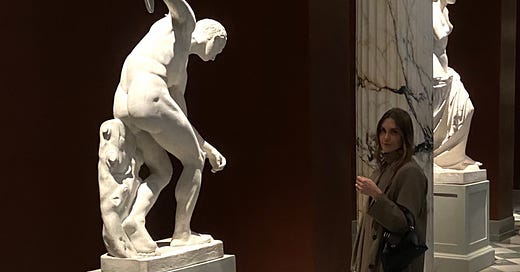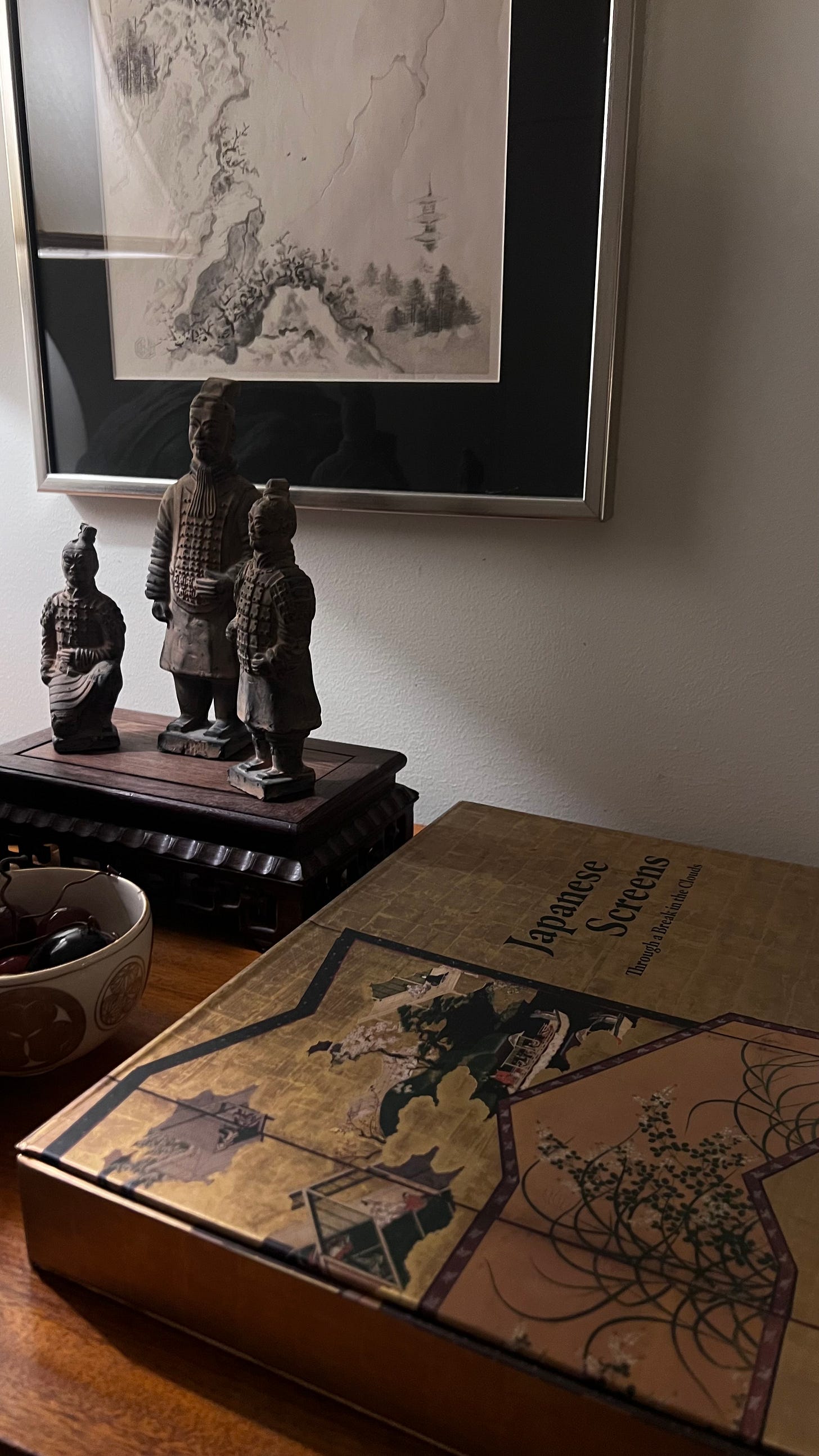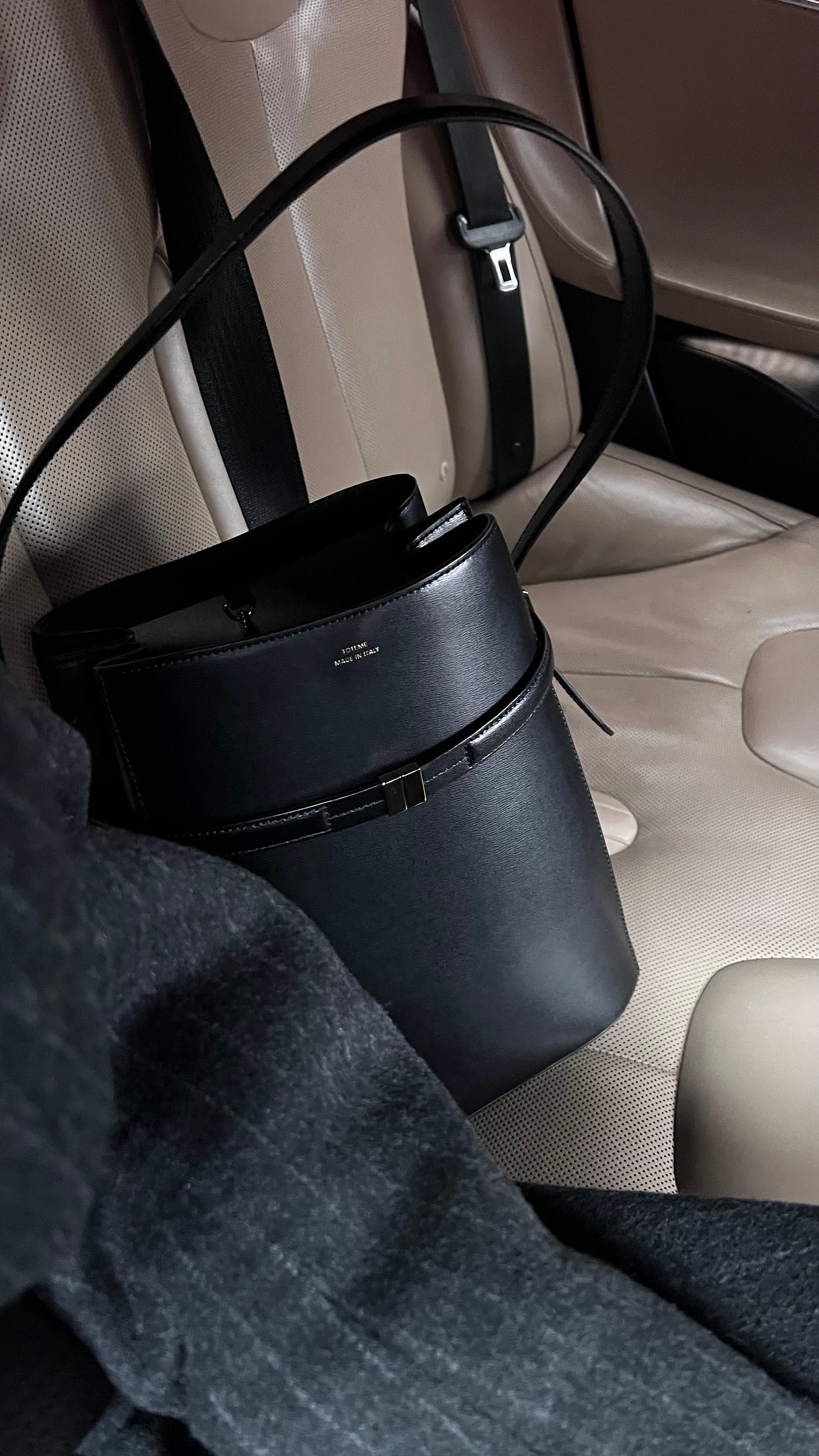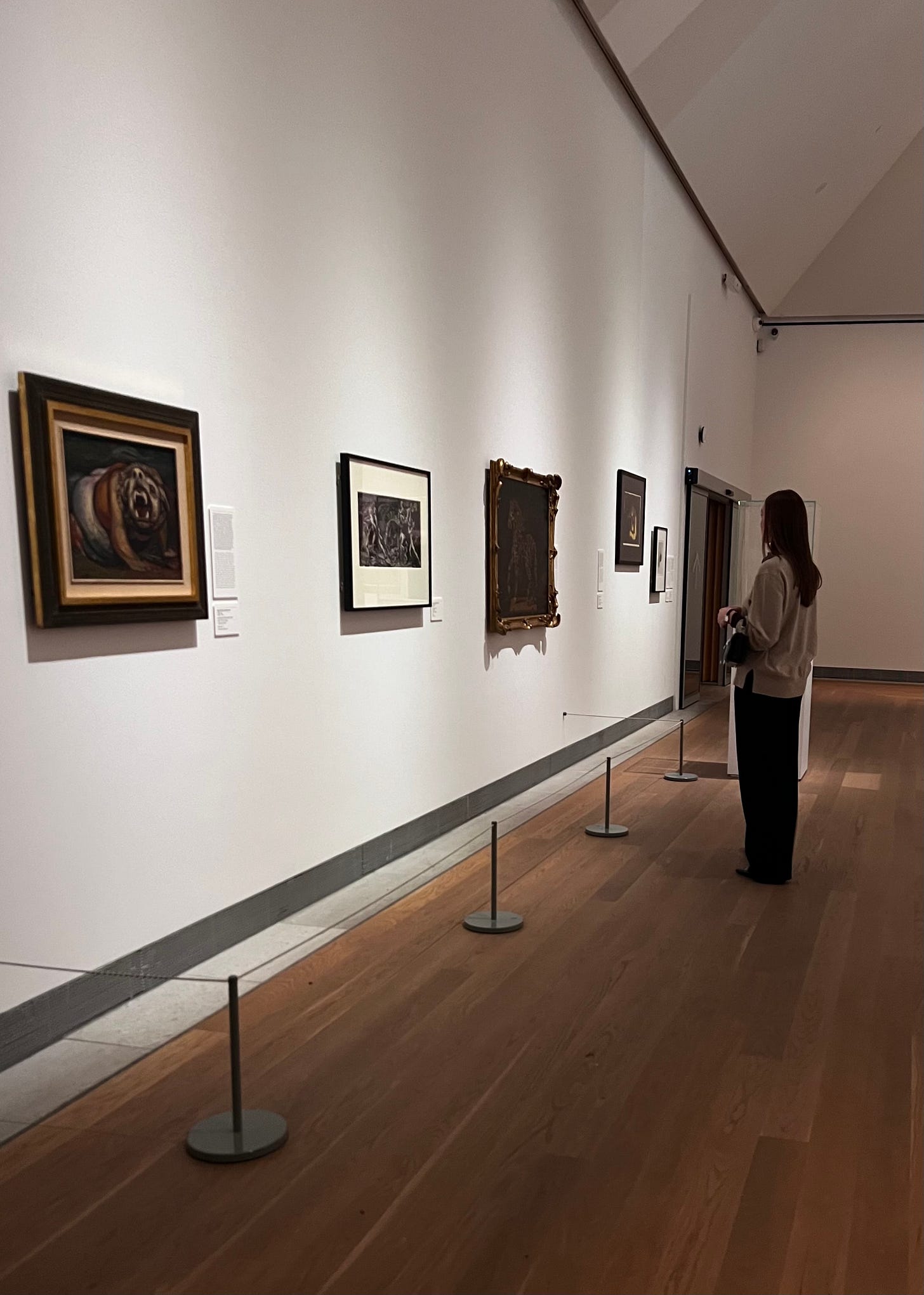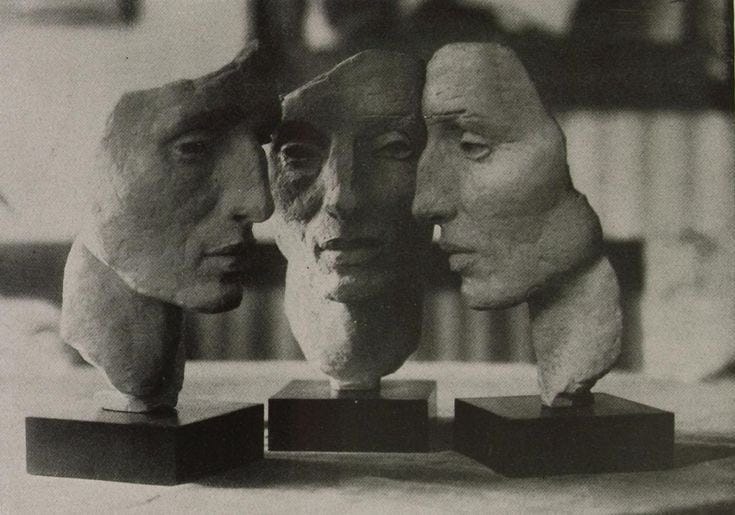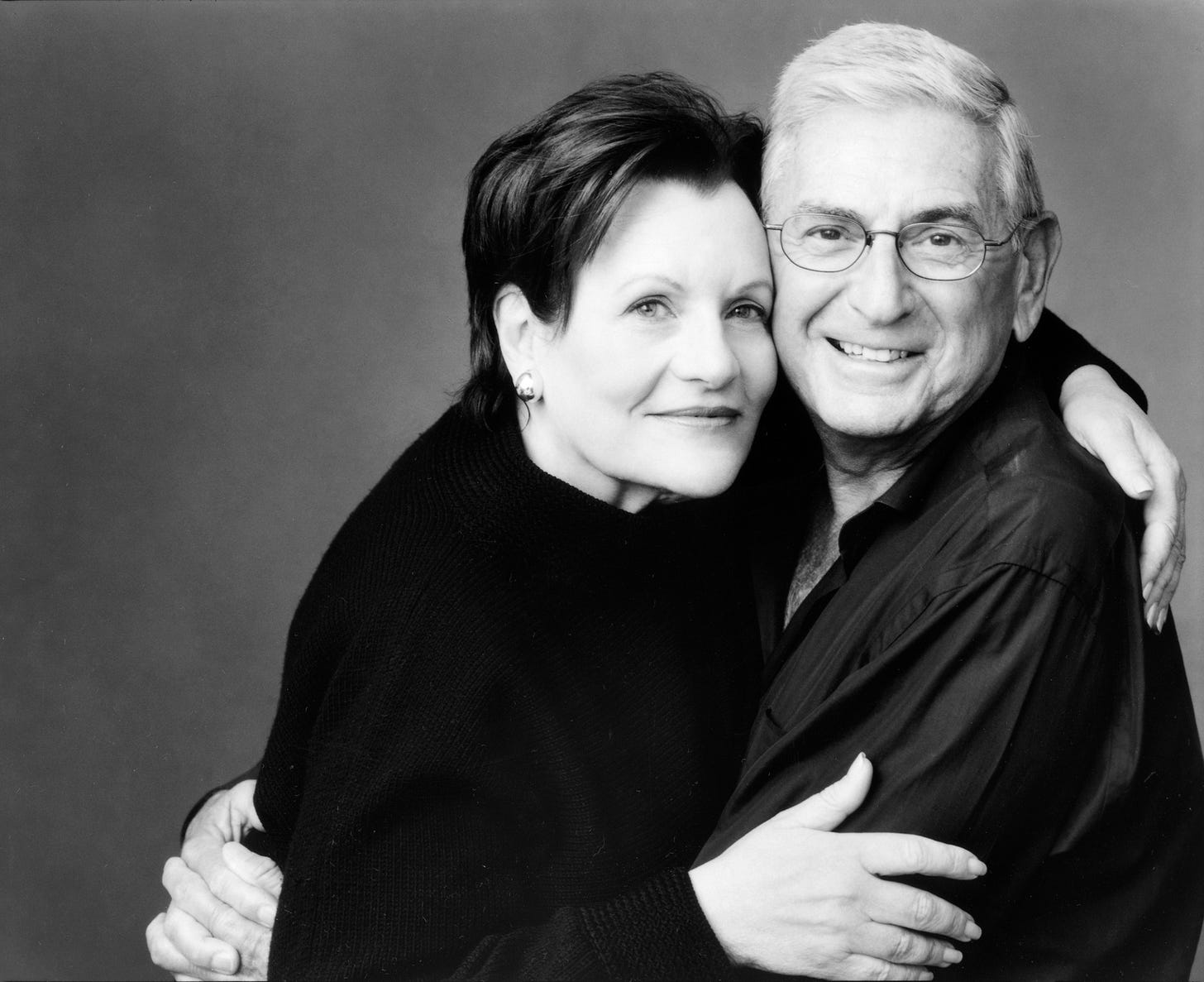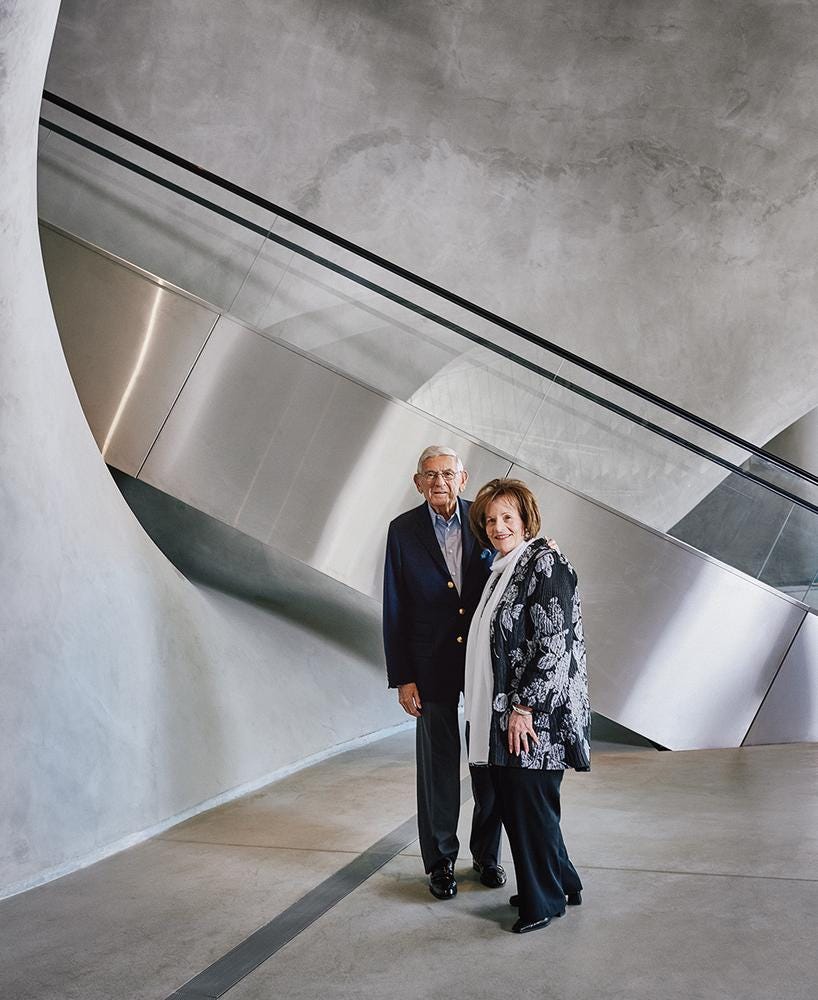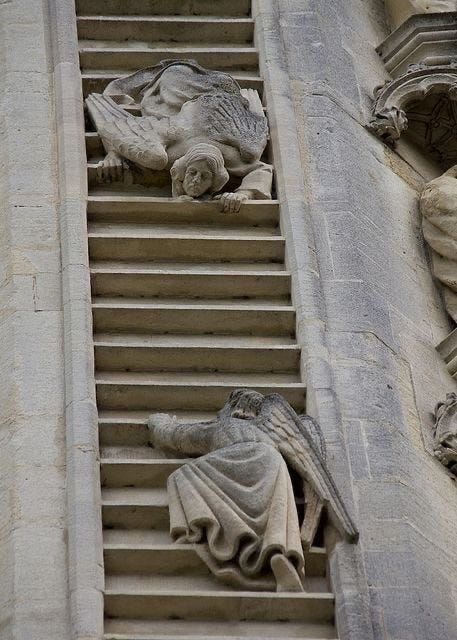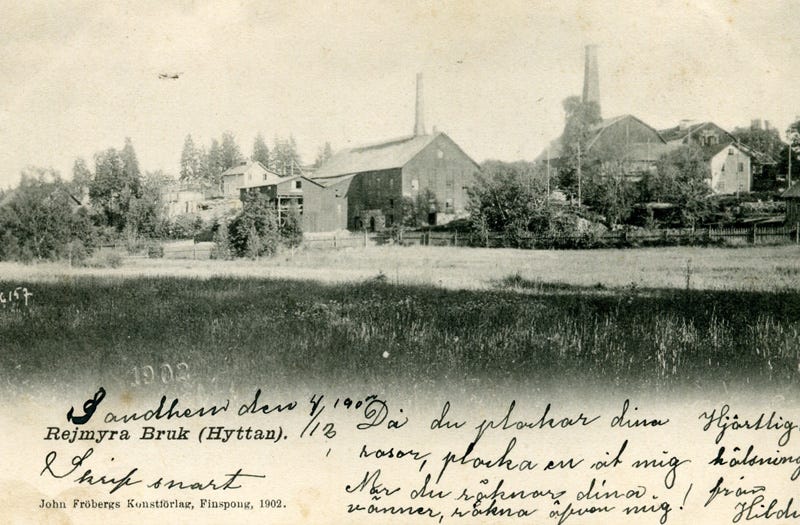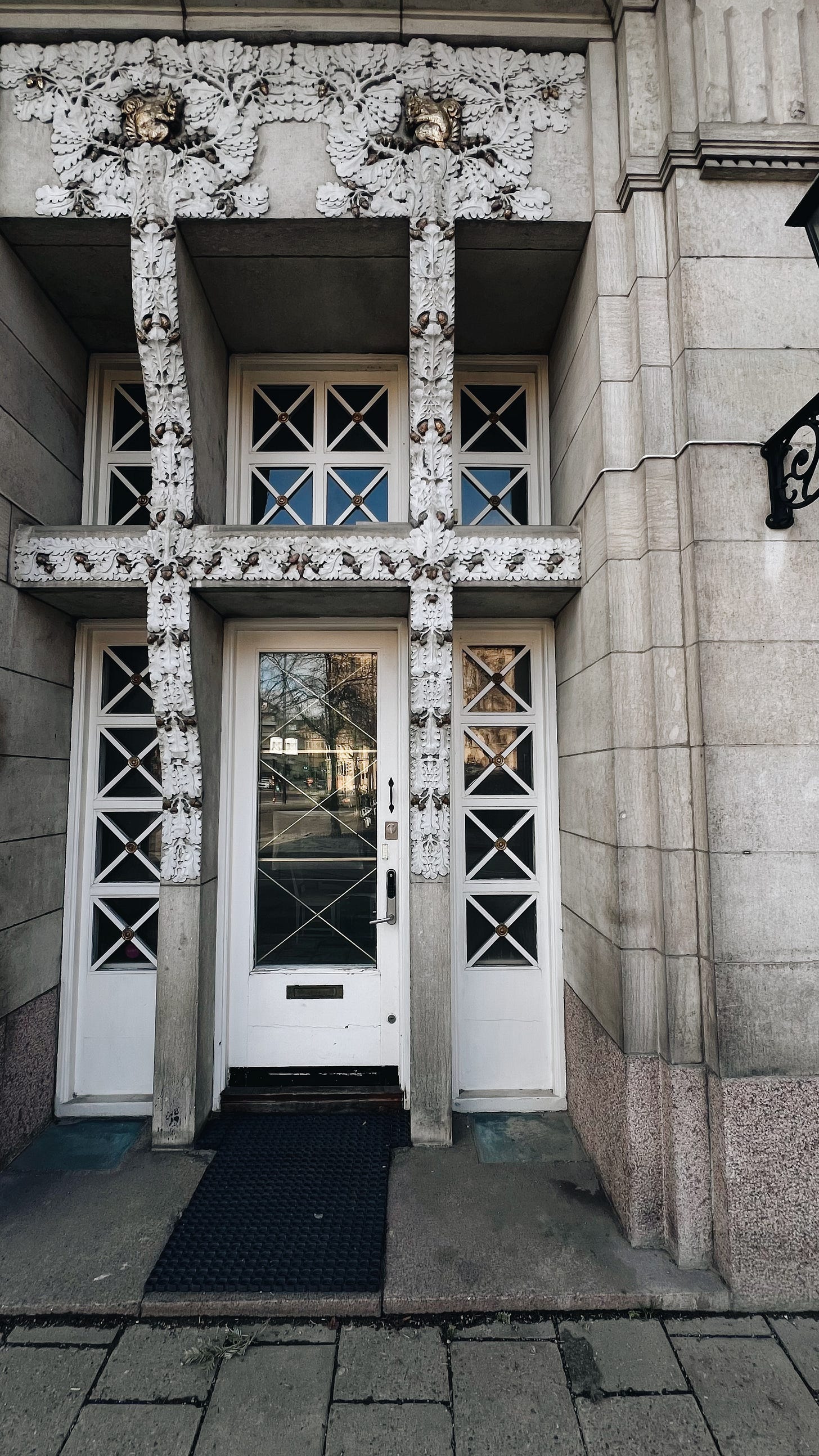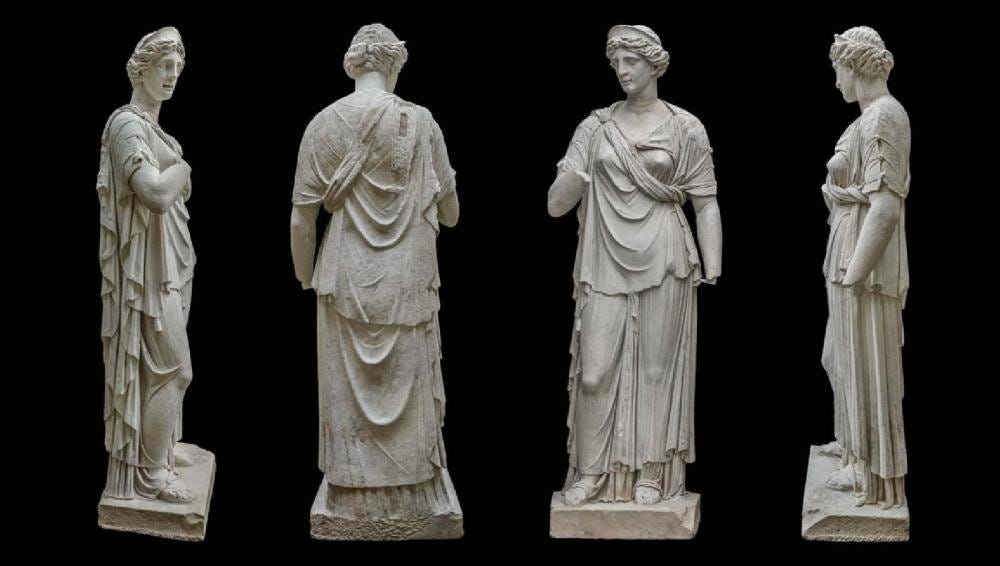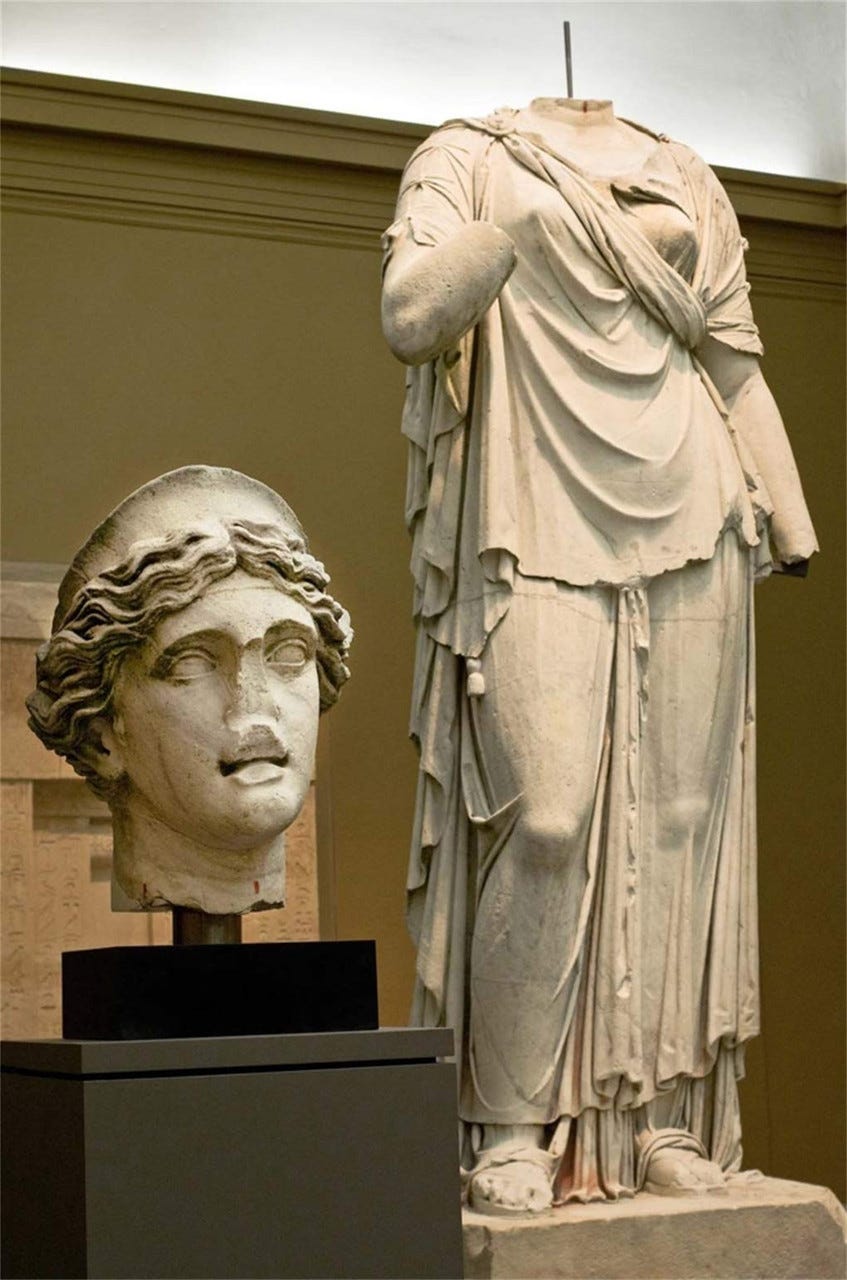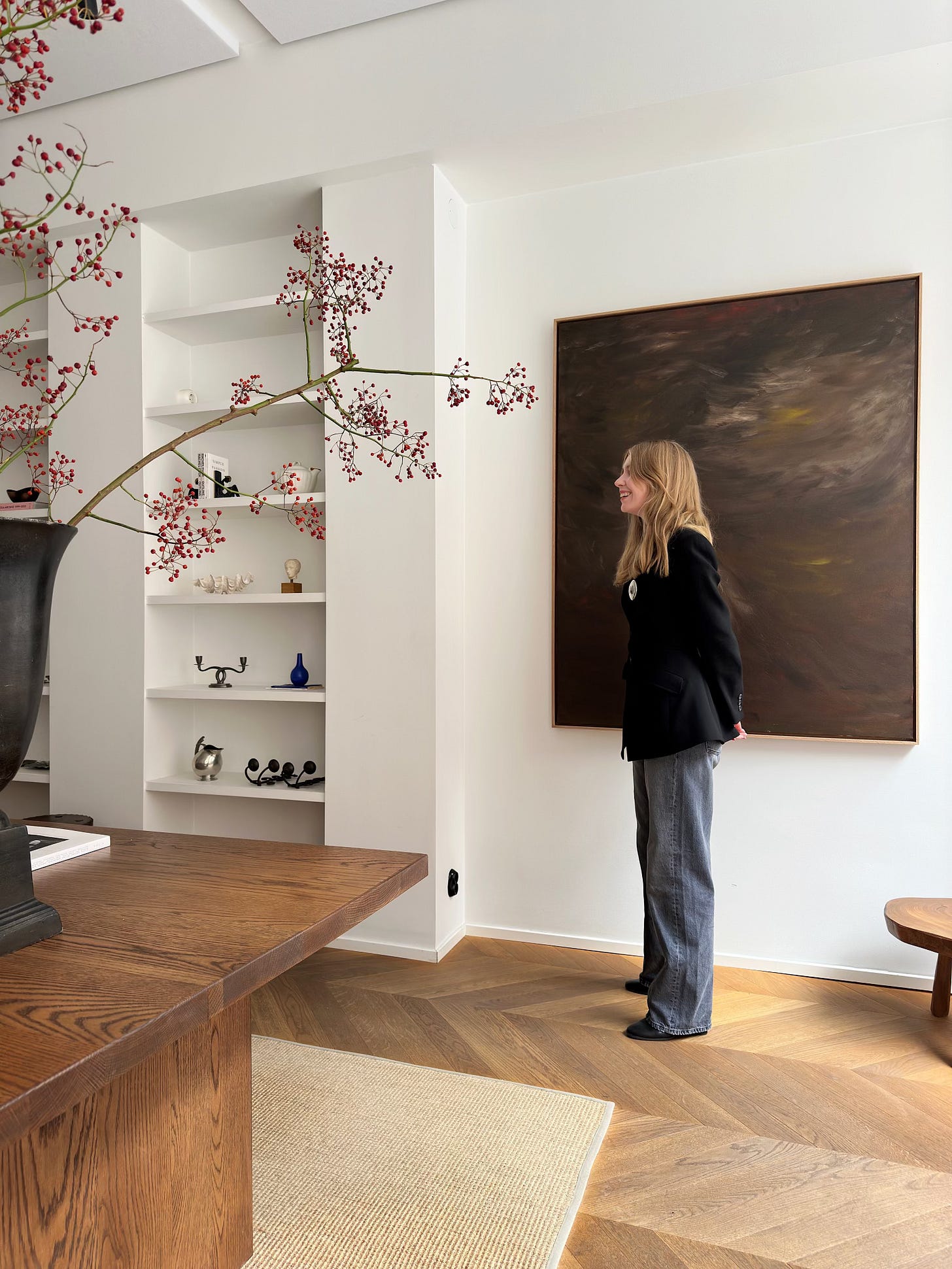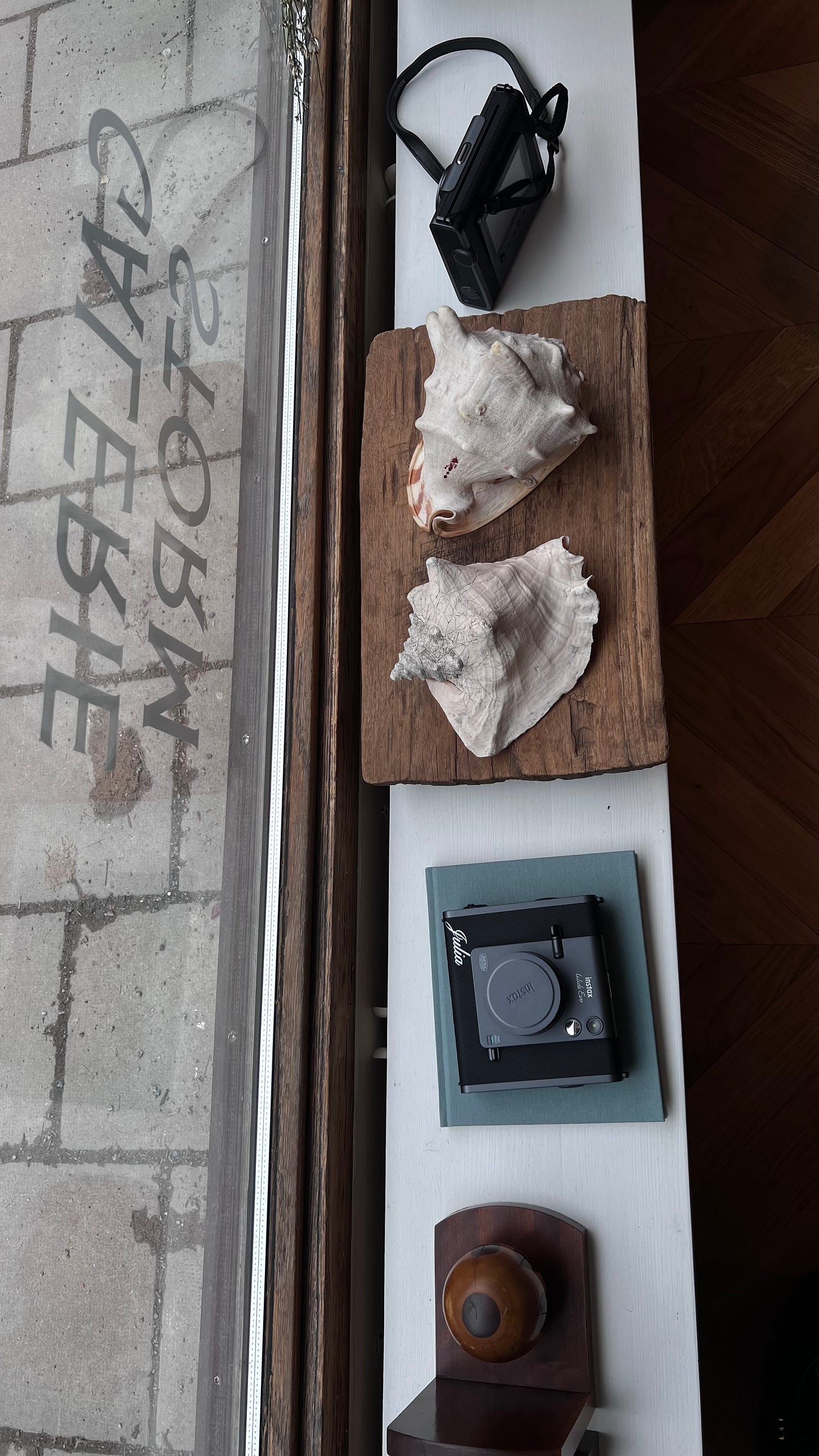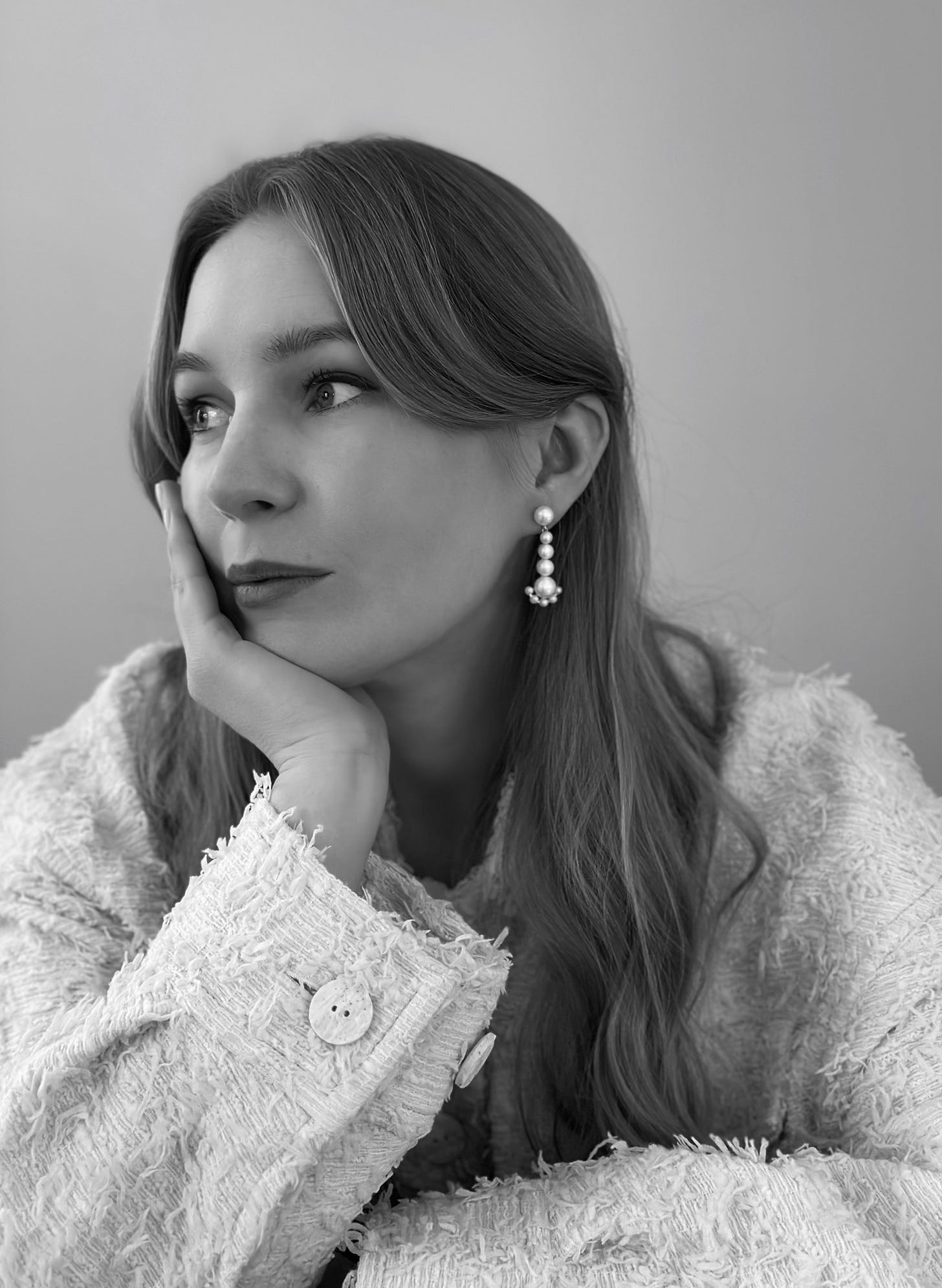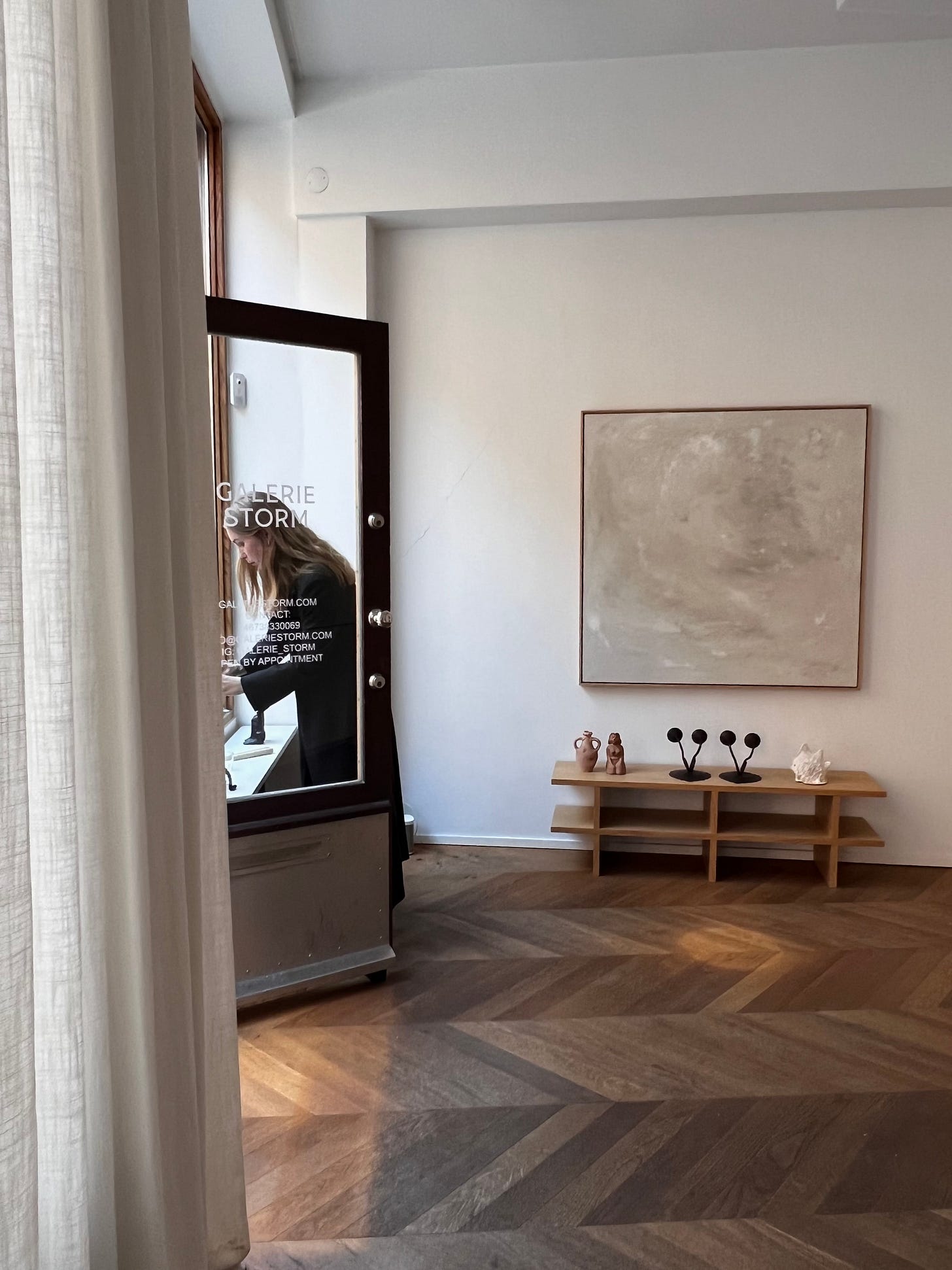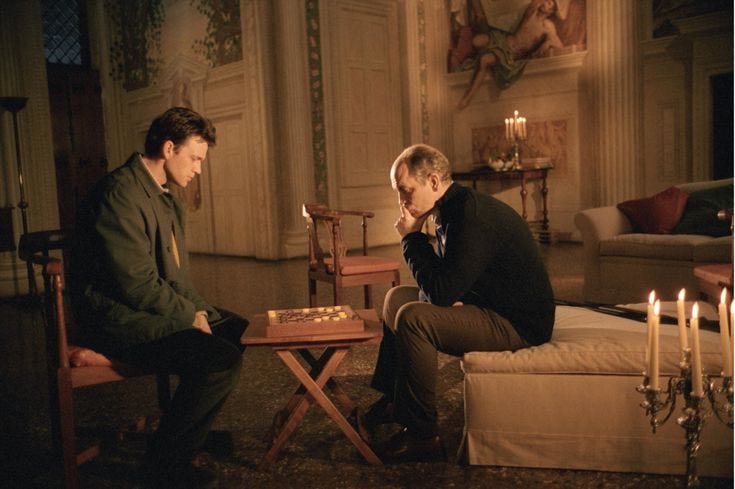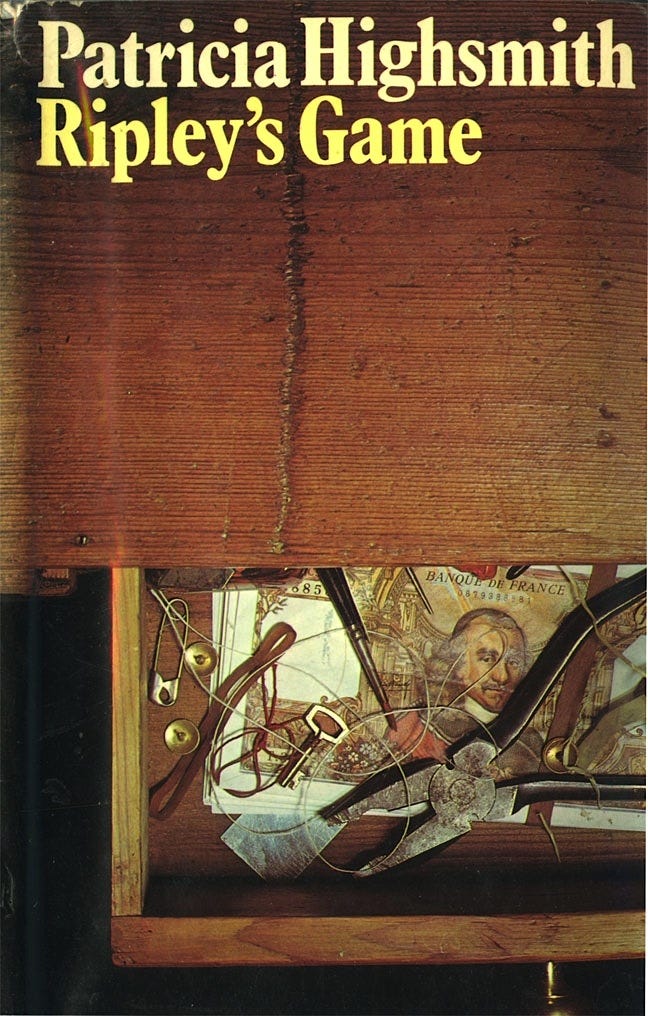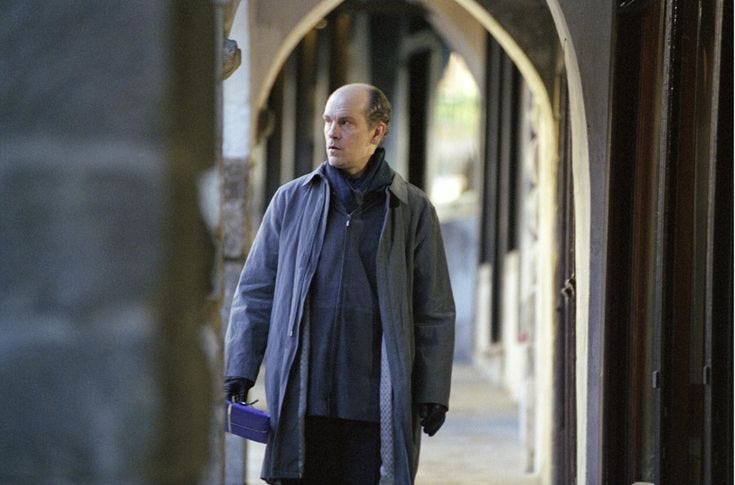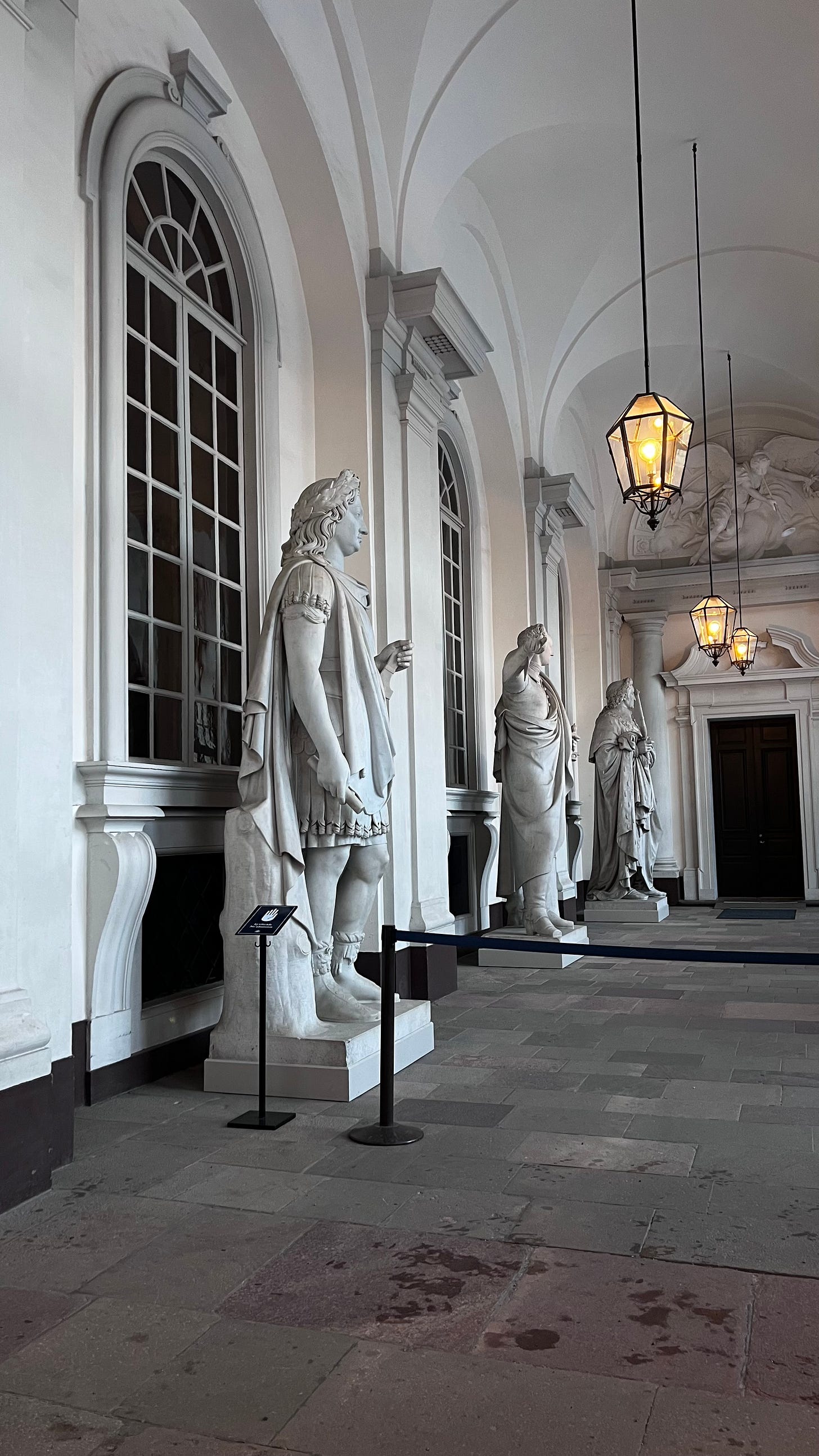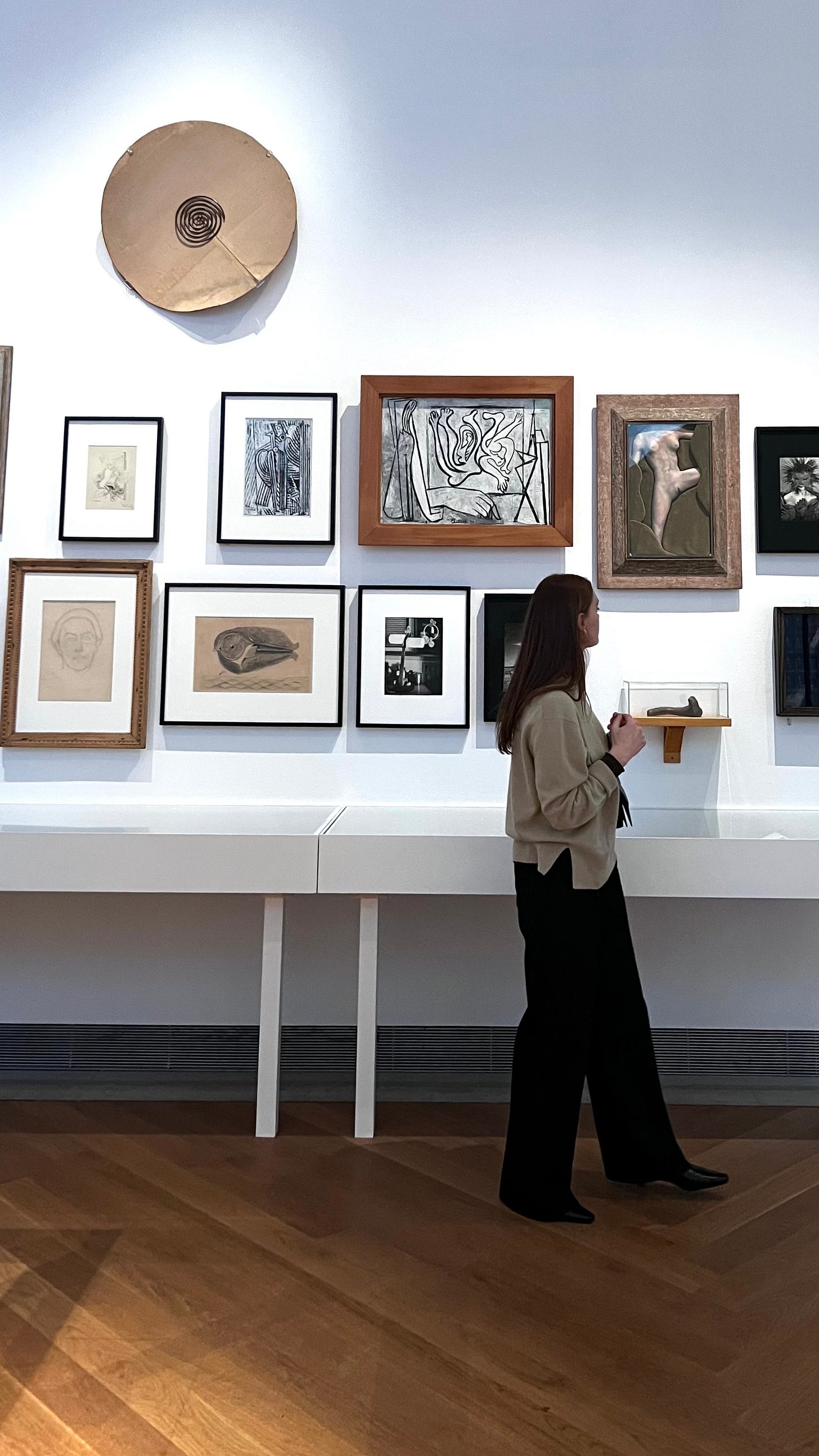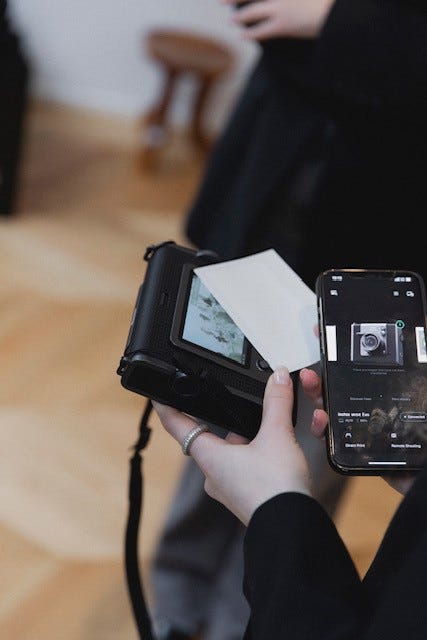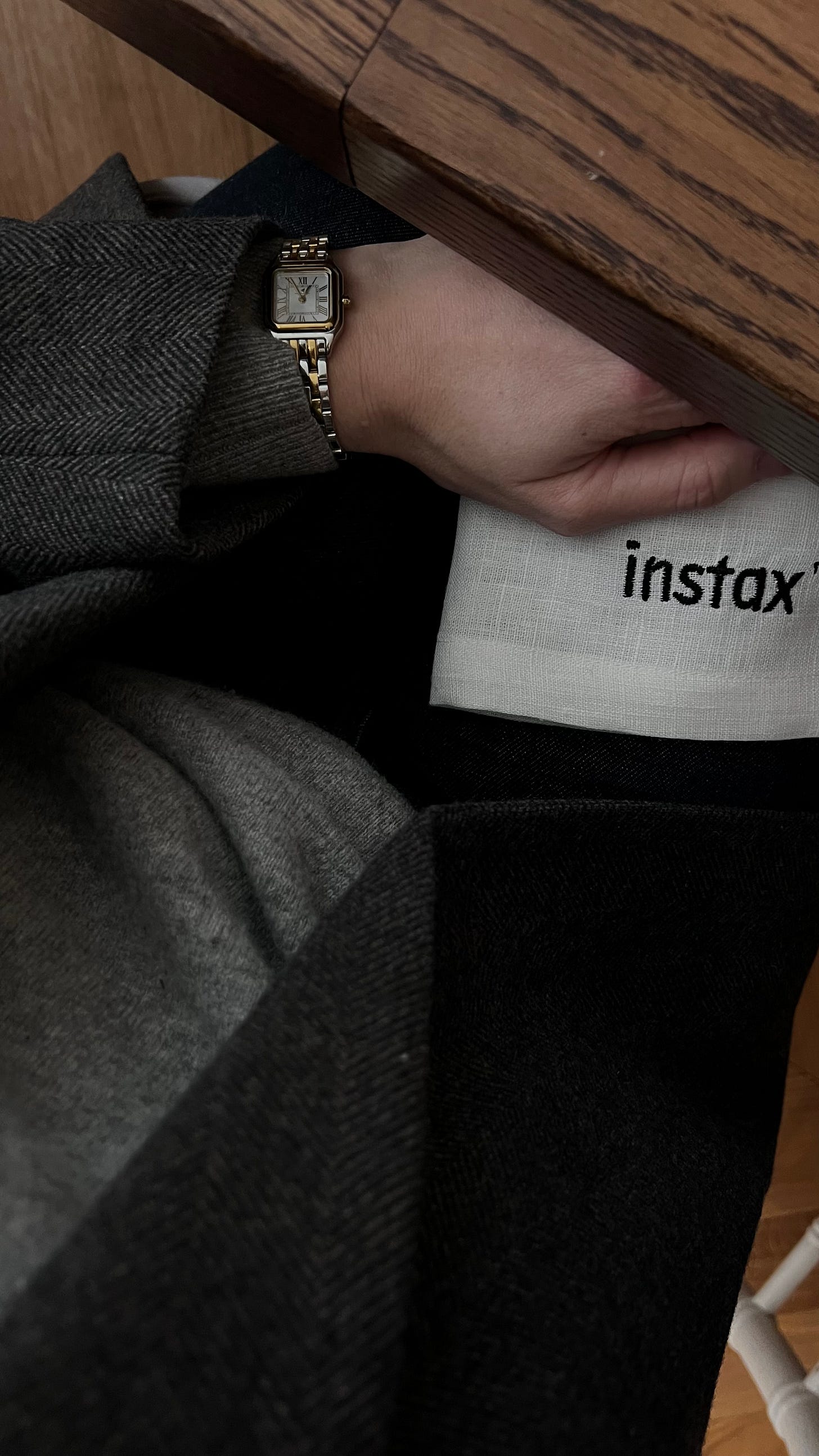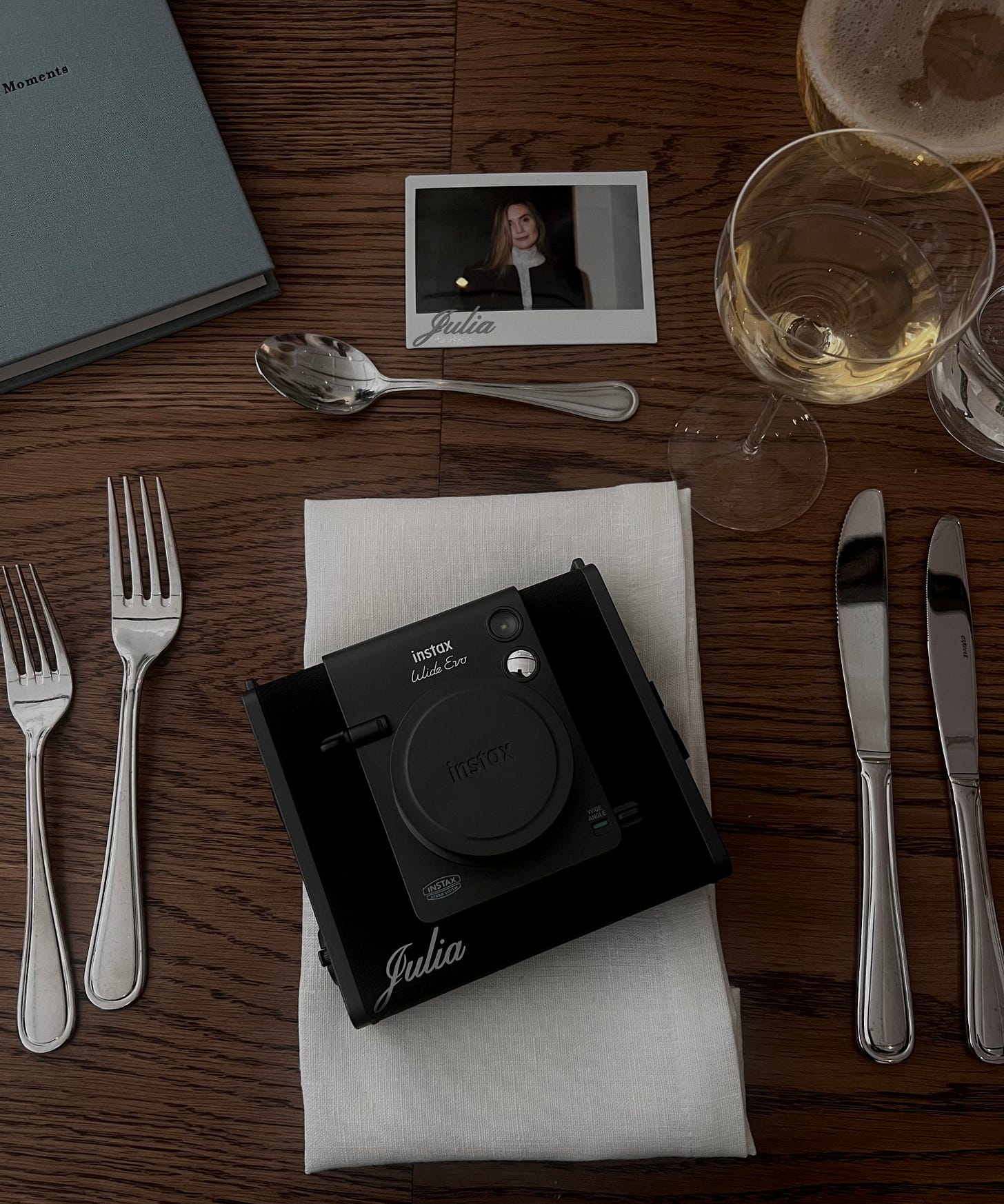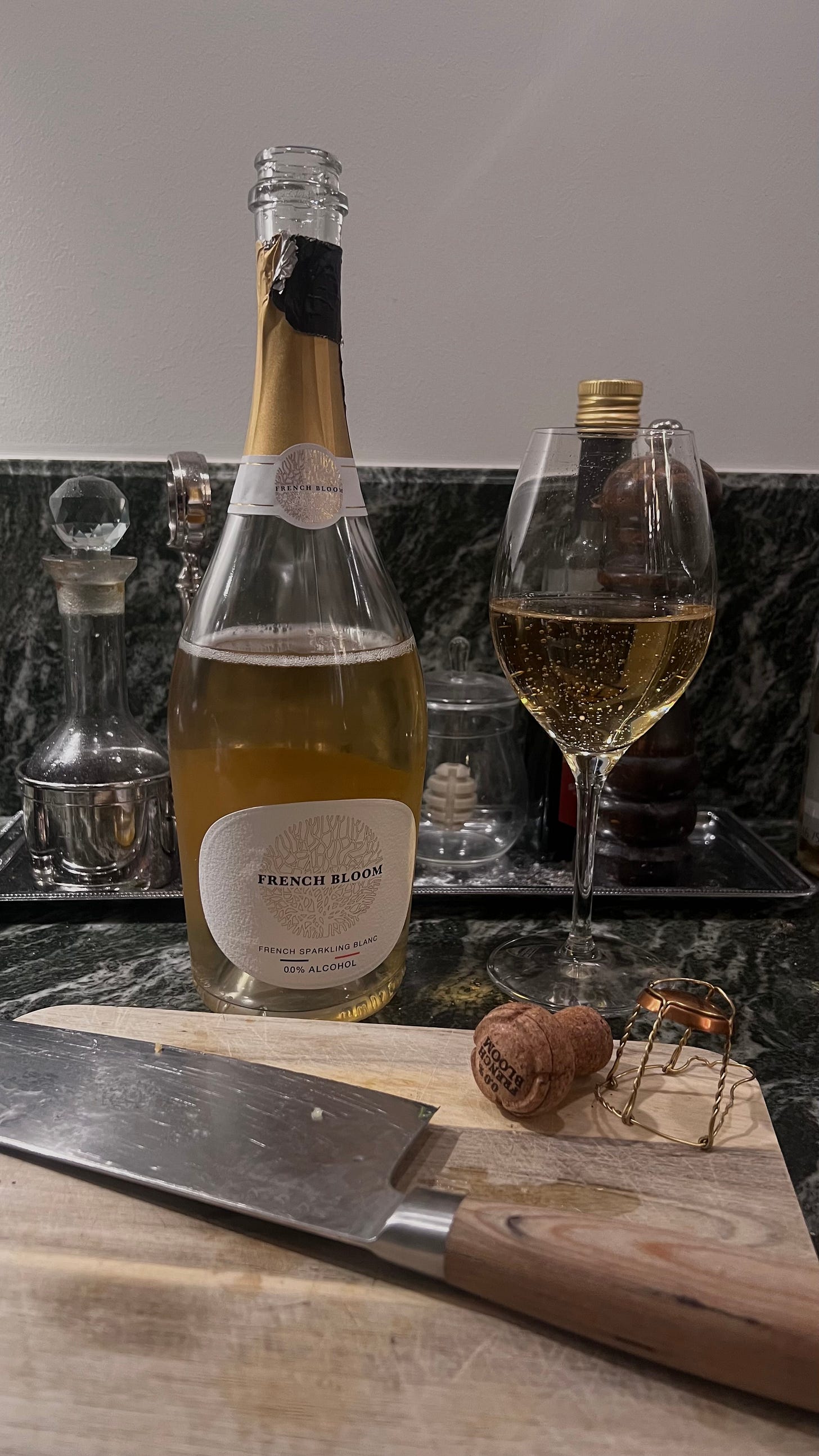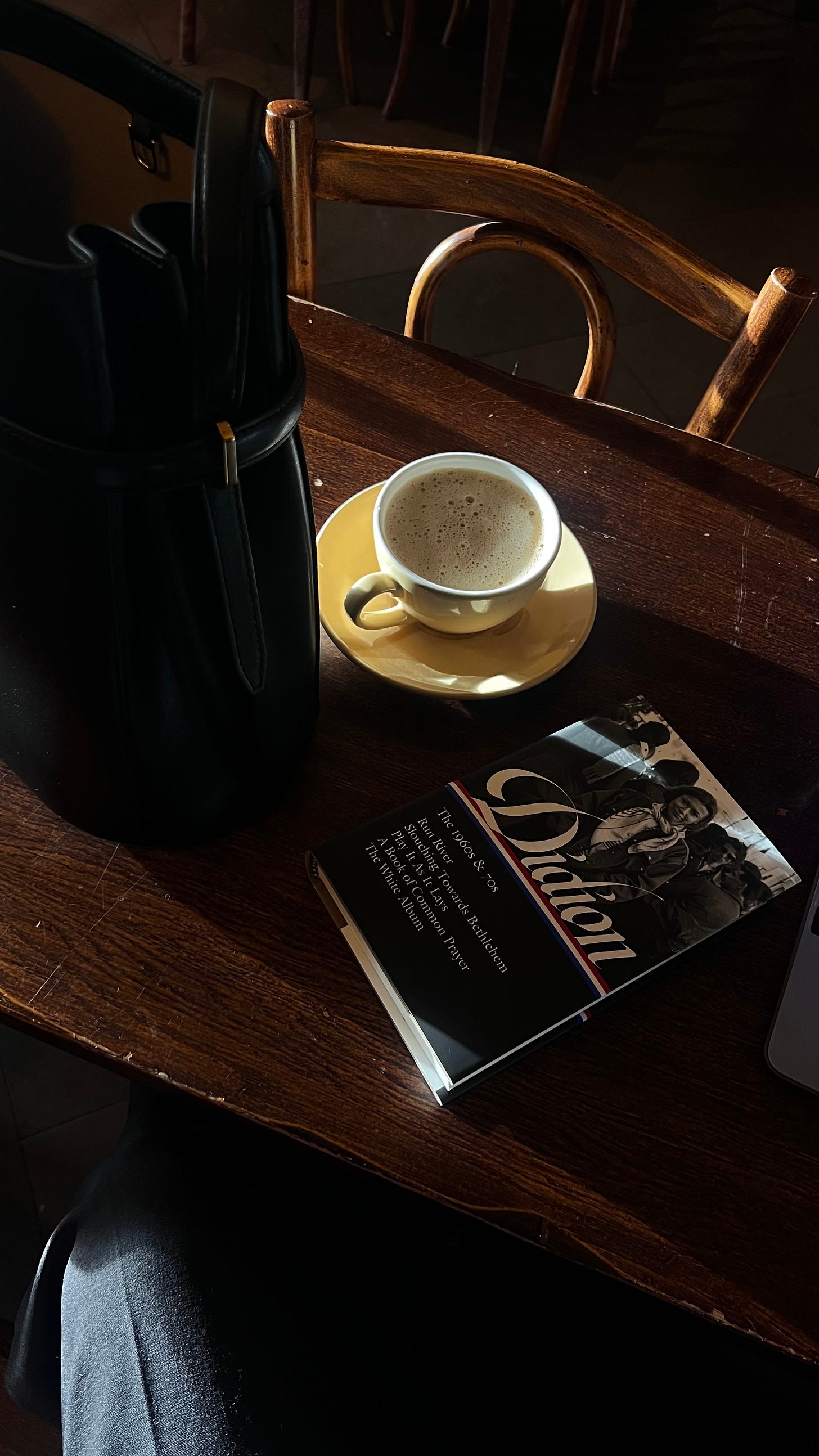The art of; artefacts
“Wilderness is the raw material out of which man has hammered the artefact called civilization. “Aldo Leopold
Dear readers
I felt it creeping this itch, this restless urge for clarity.
Like many of you, I’v spent January reflecting on what truly matters. And somewhere along the way, I realized I needed a radical detox; not just from inspiration, but from the endless hum of social media. It shapes us, molds us, and at times, it even hijacks our minds. I felt it happening to me.
So last week, I escaped. My father, my beloved dog Bruno, and I drove to the country house, where the wind, the sea, and the shifting light worked their quiet magic. I already knew the power of that place, how it softens the mind, loosens the grip of the everyday, but this time, something unsettled me. I wasn’t just craving peace. I was grappling with how deeply I had become entangled in algorithms, caught in the machinery of apps that dictate what I see, what I think, even what I long for.
One of the reasons I began this newsletter, rather than slipping into the cycle of daily blogging, was to create something different. A space to share, to learn, to be creative, sometimes thoughtfully, sometimes light but always with intent. This past weekend reminded me of that purpose. Of the joy in indulging in art, in music, in the wisdom of others, and then bringing it all back to you.
So this month, I’m taking a deep dive into the art of artefacts’ objects that hold meaning, that stay with us, that tell stories of where we’ve been. A comb passed down from a grandmother, a piece of art discovered in a market abroad, a bag that elevates your sense of self. Little things, yet not little at all- the final, finishing touch, the cherry on top.
I hope you enjoy this newsletter as much as I loved writing it for you.
Kindly note: This newsletter is rich with inspiration and may be on the longer side. If your email platform shortens it, please open it in your browser to fully appreciate every detail. This newsletter includes affiliate links.
The accidental Queen Elisabeth outfit, walking endless miles along the shoreline.
A glimpse of our Oriental collection from my bedroom
My latest Totebag riding between meetings
Reserching my next watch using retro advertising.
Visiting the Modern museeum of art resarching for a newsletter to come - i can give away it’s about an animal.
This artwork resembles early 20th-century avant-garde sculptures, possibly influenced by artists like Medardo Rosso or even surrealist approaches to portraiture. Do any of you know the artist?
THE COLLECTORS - Eli and Edythe Broad
‘Life is richer when you live it among the dreamers’
Eli and Edythe Broad were fascinating figures in the worlds of business, philanthropy, and the arts. Eli Broad made his fortune in homebuilding (co-founding Kaufman & Broad) and later in finance (founding SunAmerica), but what really stands out is how he and Edythe used their wealth to shape contemporary art, education, and scientific research.
If you’re interested in their impact, Id suggest looking at The Broad the museum they founded in Los Angeles. It holds one of the most impressive collections of postwar and contemporary art, featuring artists like Jean-Michel Basquiat, Cindy Sherman, and Yayoi Kusama. Beyond art, they also made major contributions to medical research and public education.
Eli and Edythe Broad didn’t just collect art—they built a life around it. For decades, they immersed themselves in auctions, galleries, and studios, engaging with artists and traveling the world in search of groundbreaking works. Their collecting journey began with classics—Miró, Matisse, Modigliani—and even an 1889 Van Gogh drawing from his Arles period. But the piece was so fragile that it had to be kept in Eli’s underwear drawer, away from light.
That moment marked a shift. Rather than preserving the past, the Broads leaned into the future, trading the Van Gogh for a striking Robert Rauschenberg Red Painting—a bold, textured work that remains a highlight of The Broad’s collection. From then on, their focus was contemporary art, championing visionaries who pushed the boundaries of expression.
Bryan Hunt’s Empire State with Graf, 1975–2000, stands near Girl in White Wicker Chair, a 1980 sculpture by George Segal.
In a rare and intimate moment, the Broads opened the doors of their art-filled Brentwood home to Architectural Digest, offering a final glimpse at the masterworks that have surrounded them for a lifetime. Take a look inside and read the full story here.
Exterior detail from The Broad Museum, Los Angeles
Joan Miró’s Oiseau Solaire, from 1966, sits beneath a California pepper tree along the driveway.
Two Cy Twomblys—from left, Untitled [Munich/Rome], 1972, and Untitled [Bolsena], 1969—hang in the dining room, joined by a table and runner by Rose Tarlow for Rose Tarlow Melrose House and a set of midcentury Estelle and Erwine Laverne chairs.
The Broad Museum in Los Angeles remains intact following the recent wildfires. In light of the devastation, The Broad has been actively supporting local artists impacted by the fires. They encouraged contributions to the LA Arts Community Fire Relief Fund, which directly aids artists in rebuilding their studios and preserving their work.
WHISLIST - artefacts
I’ve curated a wishlist that blends timeless elegance with everyday practicality. From the iconic architectural pieces by Fornasetti to clothing that flows with ease, classic shades, and bags designed to carry you through all of life’s moments—each item reflects my love for both beauty and function.
Architettura umbrella stand - Fornasetti
Mayla Classic Sunglasses - Marlene Birger
Rome Night Light Lamp - Pantheon
Beige pistage Coat - Toteme
Leather Tote - Arket
The icon Watch - Heaven Mayhem
A vintage oriental sideboard please
Spring husband Jackets - Atelier Saman Amel
Suede Loafers - Arket
Statue that’s grand but fits in your livingroom - Newport
PLAYLIST; Artefacts
Lead words to this playlist were as followed; Vienna, light, up! Change, acceptance, contrast of sharp yet smooth. Like porcelain silhouette, fragile, strong, and luminous all at once.
Enjoy!
GLASSWORK - Reijmyre
Entrence of the Reijmyre Office in Stockholm
Reijmyre Glassworks has been shaping glass—and history—since 1810. Founded by Johan Jacob Graver and Baron Mattias Alexander von Ungern-Sternberg, it remains one of Sweden’s oldest working glassworks, known for its craftsmanship and timeless design in both clear and colored glass.
In the summer of 1937, Björn Trädgårdh, a designer for Svenskt Tenn, arrived at Reijmyre for what was meant to be a brief visit. In just ten days, without a single sketch, he created between 50 and 60 designs—one of which became the Björn collection, still cherished today. That same year, 24-year-old Monica Bratt, a young artist from Stockholm, was asked if she knew anything about glass. “Only that it’s transparent,” she replied. Yet, she was handed the role of artistic director—an almost unheard-of position for a woman at the time.
Bratt gave Reijmyre a bold identity, favoring rich colors like deep cobalt and Kolmården’s Red Gold, a striking red glass that became a sensation. Even during the war years, her designs brought warmth and vibrancy into Swedish homes. In 1952, for a special NK exhibition, she introduced Scarabé, an emerald-green glass described as “a fresh green, without a trace of spinach.”
Reijmyre’s legacy continues, blending history with modern craftsmanship. In 2021, Furnace 3 was restored and restarted, ensuring that the tradition lives on.
Its all in the details, Entrence of the Reijmyre Office in Stockholm
For me, Reijmyre is more than glassware—it’s part of my daily life. We set our table with it for celebrations and simple weekday meals alike. Holding a Reijmyre glass, you don’t just feel the weight of the piece—you feel the hands that shaped it, the history it carries, and the generations it has passed through.
In FYEO- I will share with you the glass series from Rejmyre which we collect from both my side and from John’s mother.
PODCAST - Juno
If you're looking to lose yourself in a fascinating story while still learning something enriching, I highly recommend an episode of The Lonely Palette about Juno, a colossal Roman statue.
This 13-foot, 13,000-pound artefact has seen it all—from ancient Rome to the gardens of an Italian prince, to a suburban backyard, and finally finding its home at the Museum of Fine Arts in Boston. Over two millennia, Juno has endured, even after losing her head—and gaining a new one—yet continues to captivate with her timeless beauty.
In this episode, you’ll be swept away by the rich history of this grand sculpture, from its Augustan origins to its careful restoration and the connections uncovered with similar statues. It’s a perfect way to float through history, discovering the secrets of an iconic piece of art in the process.
THE GALLERIST - Carolina and Mattias Storm; Galerie Storm
A Journey of Art and Vision
If there’s one thing I know for sure, it’s that talent and vision run deep in the Storm family. Carolina Storm, a true aesthetic and perfectionist, has spent years refining her eye for beauty. Now, she’s taking a bold step by opening her own gallery, a dream that allows her to officially wear the title gallerist. Her curatorial expertise is second to none,and if you know Carolina, you know her gallery will be nothing short of extraordinary.
Then there’s Mattias, a painter whose work has captivated me from the start. His early explorations in monochrome have given way to something even more profound—he listens to the voice of light meeting dark, creating abstract, vibrant works that feel like an ongoing conversation with the canvas.
We’re only seeing the beginning of his artistic journey, and I can’t wait to see where it leads. Today, I’m thrilled to talk to Carolina about arts over a cup of tea, a subject she knows best - the art of artefacts.
Q: Carolina, as a gallerist and collector, what is it about certain pieces—whether it's a painting, sculpture, or something completely unexpected—that captures your interest and compels you to add them to your collection?"
Carolina: It’s hard to articulate exactly what draws me in—it could be a shape, a harmony of colors, a sense of old-world nostalgia, a beautiful patina, or the unmistakable mark of a human touch. It’s an instant feeling, almost visceral—a quickening of the pulse. In many ways, it’s a little like falling in love.
Q: How did the idea of curating your own gallery or collection come to life? Was there a defining moment or experience that sparked your vision for Galerie Storm and the desire to showcase such unique pieces?"
Carolina: To be honest, I’ve been collecting for as long as I can remember. One of my most treasured possessions as a child was a small cabinet of curiosities my mother gave me when I was around seven years old. Over the years, it became a home for my dearest treasures: a pale blue miniature porcelain vase, stones and seashells from a trip abroad, a lucky gnome my father gave me on a skiing trip, and countless other mementos deemed invaluable by a child.
In many ways, what I’m doing now is an extension of that—just on a larger, more refined scale. The gallery isn’t just about collecting or showcasing; it’s about inviting kindred spirits into a shared universe, a space where stories are told through objects.
Some pieces are bittersweet to part with, but there’s an undeniable thrill in watching them find their perfect place in someone else’s world. That connection is part of the magic.
Q: What advice would you give to someone who's new to collecting? How did you start, and what tips can help beginners find pieces that truly speak to them?"
Carolina: Collecting is a deeply personal journey—it’s about finding pieces that resonate with you, whether visually, intellectually, or emotionally. Start by developing your eye: visit museums, attend gallery exhibitions, and save images of pieces that capture your imagination. Read about the artists or makers you’re drawn to, and immerse yourself in their stories. - Most importantly, don’t rush. Building a collection takes time. The best pieces are the ones that find you when you’re ready for them.
Q: Trends in interior design come and go, but some pieces have a timeless quality. In your experience, what should people avoid when it comes to following short-lived trends, and how can they recognize an artefact that will stand the test of time?"
Carolina: I always choose quality over quantity, but that doesn’t necessarily mean buying from established names. I seek out authenticity—genuine materials, solid craftsmanship, and a sense of weight or presence in the piece. These qualities often transcend time and trends.
Avoid pieces that feel overly manufactured or designed solely to follow a passing fad. Timeless pieces carry a story, a soul, and they often invite you to look closer, to feel something. Trust your intuition—if something stirs you in a way that words can’t fully explain, it’s likely meant to be part of your world.
You can find the pieces on display over at Galerie Storm, or at the webpage. Also follow Carolina via her Substack newspaper Storm Journal, a true gem online.
THE MOVIE - Ripleys Game
There’s something a little sleazy about Ripleys Game (2002). It hovers in that strange space between comedy and masterpiece—you’re never quite sure if it’s in on the joke. It reminds me of Catch Me If You Can, but with the cold charm of an early James Bond film. The backdrop is drenched in that unmistakable early-2000s aesthetic—richly staged, beautifully lit, almost theatrical in its set design. That alone speaks to me. But is the film playing with its own absurdity, or is it completely serious?
Tom Ripley, the most famous creation of late novelist Patricia Highsmith introduced a 25-year-old Ripley in her 1955 novel The Talented Mr. Ripley. A small-time hustler in New York, he accepts a commission from the parents of a wealthy acquaintance to travel to Italy and persuade their ne'er-do-well son to return home. Ripley instead kills him and assumes his identity long enough to develop a decided taste for the finer things--nice clothes, nice food, nice accommodations. Over the course of four subsequent novels, Ripley, having set himself up with a lovely French villa and lovely French wife, is on occasion forced to kill those who threaten the new life he has made for himself.
The Tom Ripley Malkovich plays doesn’t seek sympathy or indulge in pleasure—he embodies a cold, calculating sociopath who never begs for understanding. His Ripley operates with a detached elegance, making his manipulations all the more unsettling.
But more than the character, what truly captivates me is the film’s atmosphere. The Italian villa, the stunning collection of art and rare artefacts, the quiet luxury of a life built on deception—it’s mesmerizing. Every frame is layered with objects of desire, beautiful yet tainted by the corrupt dealings that pass them from one hand to another. If you’ve never felt the urge to collect before, this film might change that—minus the murders, of course.
Ripleys Game is written and directed by Liliana Cavani and her touch shows. She gives Ripley’s relationship with his Italian girlfriend a tender eroticism that makes his evil all the more human and frightening: it’s clear that he thinks of himself as an intelligent sophisticate living the life of his dreams, with no remorse. It is because he is so capable of love—of women, art and food, life’s finer pleasures—that we can’t dismiss him, something Cavani plays up.
Andrew Scott is the latest in a long line of actors to play Thomas Ripley - the seductive, sociopathic conman. In this podcast Ellen E Jones and Mark Kermode look at Ripley and other social strivers on screen, asking how these interlopers have insinuated themselves into our hearts and minds.
Hope you find the movie as confusing yet inspiaring as I do, let me know in the comments.
SNAPSHOTS - January
Statues outside the swedish royal castle.
Thinking about the next steps for our art walk wall in the apartment.
A glance over at friends at Galerie Storm for an interesting lunch presentation
Closeups of medals from the royal swedish castle
On my reading list - Robert Templer
POLAROIDES - Instax wide Evo
I’ve always loved Polaroids—the magic of capturing a moment and holding it in your hands instantly. There’s something special about the way they freeze time, offering the luxury of looking at a memory right then and there, no screens required.
Last week, I had the pleasure of attending a lovely lunch with Instax, where they gifted us their latest release—the Instax Wide Evo. Unlike traditional instant cameras, this one offers something extra. I can take wider shots, download images directly to an app, and even print photos straight from my phone. With built-in filters and adjustments, it blends nostalgia with modern creativity. And as a thoughtful touch, my name was engraved on it.
I’m excited to explore all its possibilities, but the real test? The kids already love it. Something tells me I’ll have to share!
DRINK - French Bloom
This non-alcoholic sparkling wine is a great addition to both the shelves—and the glass. French Bloom is crafted from de-alcoholized organic French Chardonnay, offering a balance of freshness and complexity. I found it mineral-driven at first, but the tropical notes leaned a bit too sweet for my taste. Still, with its subtle spice and refreshing crispness, I’ll definitely be trying it again.
A little background: French Bloom was co-founded by Maggie Frerejean-Taittinger, whose husband, Rodolphe Frerejean-Taittinger, is the CEO of Champagne Frerejean Frères—a maison in Avize specializing in Grand Cru and Premier Cru Champagnes. His expertise in vintage development and technical winemaking plays a key role in shaping French Bloom’s refined flavor profile. If you’re making sparkling wine, I can’t think of a better connection to have!
BOOK CLUB - Joan Didion, Run River
Also, a quick reminder—our book club over at For Your Eyes Only is currently reading Joan Didion’s Run River. We’ll be meeting for discussion and reflections on February the 28th at 8PM , so come join us!
Thank you for reading! I hope to hear from you over at FYEO next week, filled with behind closed doors material—otherwise, until next time (which will be on March 7th), when I’ll be dissecting, with delicacy, The Art of; Marriage.
Best, Julia


